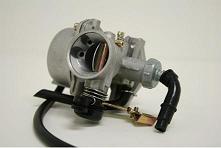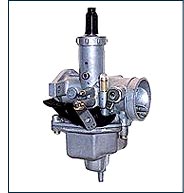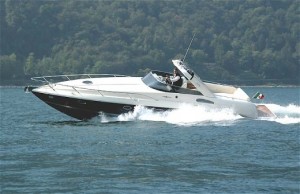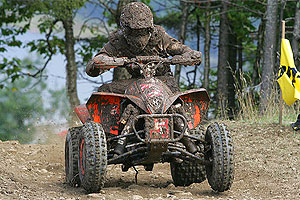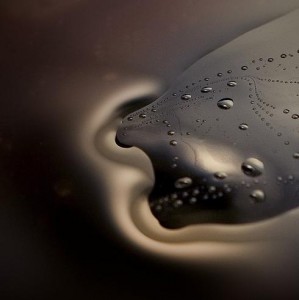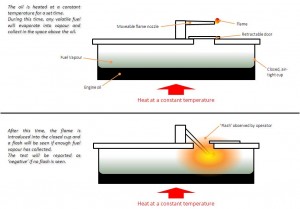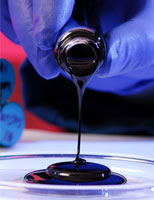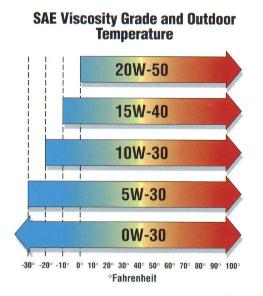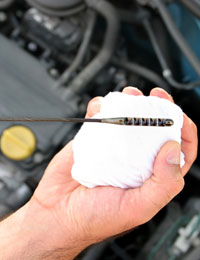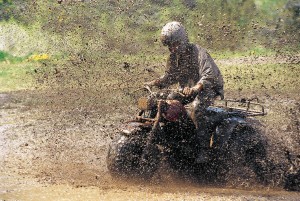Jetting Your Carburetor: Part Three
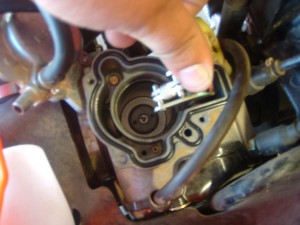 Just as the main jet controls the flow of fuel and bulk motor oil when the throttle is open, the needle and needle jet take over when the throttle is anywhere from one-eighth to three-quarters open. Since your engine is operating in this range the majority of the time, this carb circuit generally gets the most use. When making adjustments, the needle itself rarely needs any tuning.
Just as the main jet controls the flow of fuel and bulk motor oil when the throttle is open, the needle and needle jet take over when the throttle is anywhere from one-eighth to three-quarters open. Since your engine is operating in this range the majority of the time, this carb circuit generally gets the most use. When making adjustments, the needle itself rarely needs any tuning.
As the throttle opens, the needle is pulled up. This allows an increased flow of fuel and oil. If need be, you can make minor adjustments using the clip that is on the needle; raising the clip will make the mixture leaner, and vice-versa. Tomorrow we will go over the final circuit of the carburetor, the pilot jet and pilot screw.


